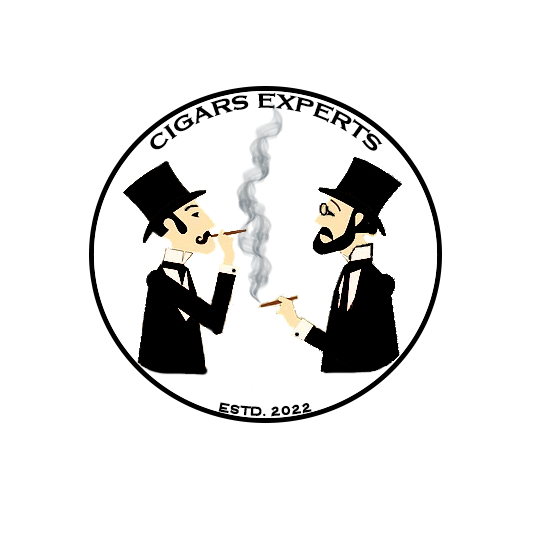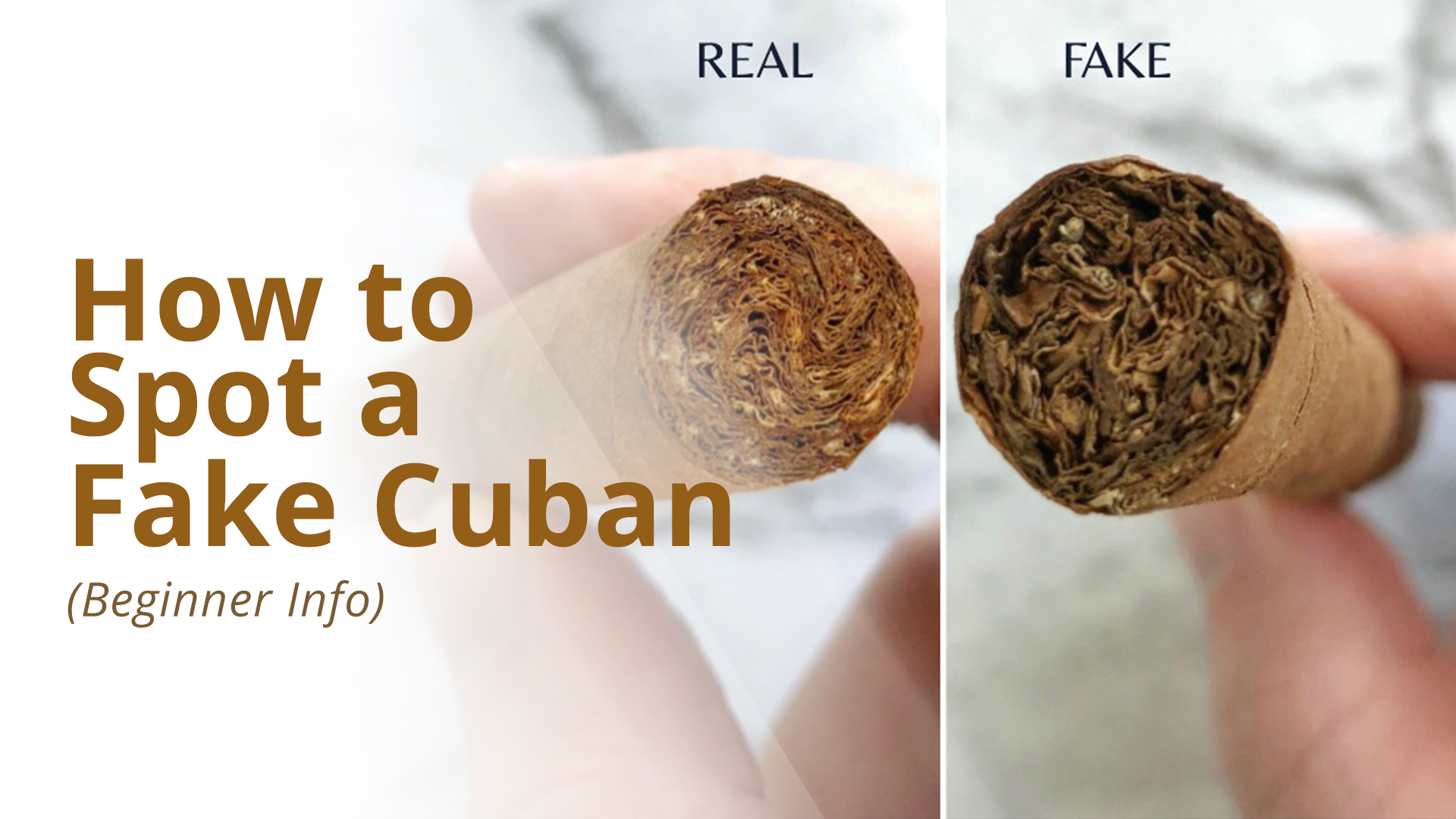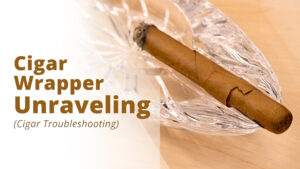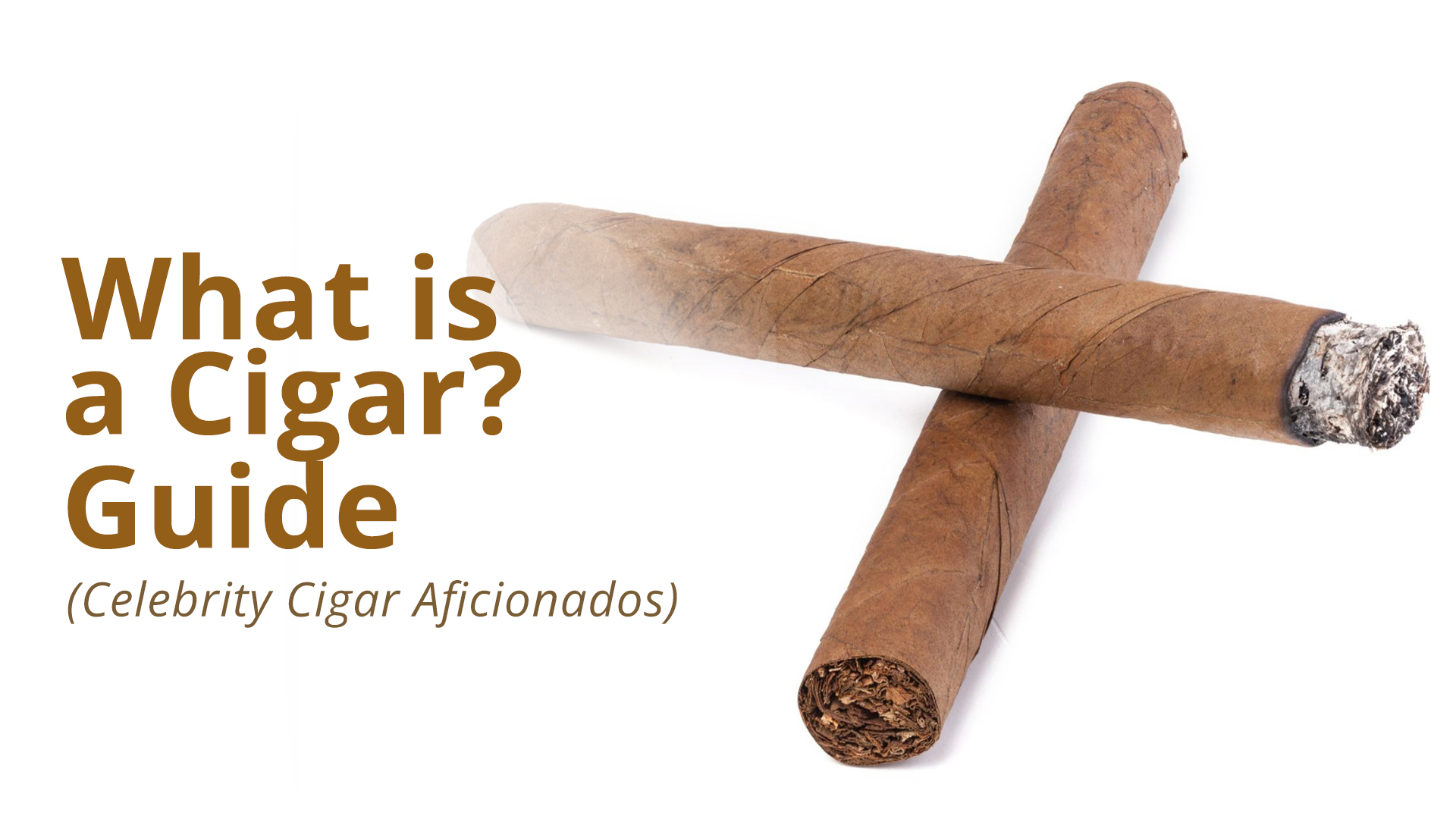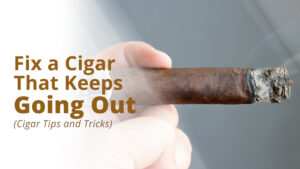Cuban cigars are considered the crème de la crème of the cigar world. However, not all Cuban cigars are authentic, and distinguishing a fake from a real one can be quite tricky.
At Cigars Experts, we believe that being able to spot a fake Cuban cigar is an essential skill for cigar enthusiasts.
Here are 12 simple ways to avoid getting scammed the next time you go shopping for Cuban cigars.
Fake Cuban Cigars Glass Top Boxes vs. Authentic Ones
Cuban cigars are known worldwide for their unmistakable quality, distinctive taste, and luxurious Cuban cigar packaging.
But not all cigars claiming to be Cuban are actually the real deal.
To make sure you’re getting the proper Cuban cigar experience, it’s important to know how to spot a fake by looking at its container.
Counterfeit Cuban cigars typically come in cheaply-made glass boxes with plastic tops.
In contrast, authentic ones are stored in thick wooden cigar boxes.
This is because premium Cuban cigars need secure packaging to protect them during transport as they make their way around the globe.
Also, check out the date stamp and factory code on the box.
Original Cuban cigars are stamped with “Hecho en Cuba.” It will tell you when the cigar was made and where!
So next time you’re picking up cigar boxes, check it out and make sure you’re getting an authentic slice of Cuban luxury!
Labels
One of the most foolproof ways of ensuring your cigar’s legitimacy is by keeping an eye on the label.
Fake labels will often appear bright or garish in color compared with authentic Cuban ones.
Often made with less intricate designs and cheaper materials.
Additionally, some fakes use bolder fonts and simpler wording than genuine ones.
The “Habanos” logo should also be featured prominently.
If this isn’t present, it’s likely not a real Cuban cigar!
Another way to verify this is by using the barcode on the cigar.
You can check whether the cigar is authentic or not by searching for that barcode on the habanos.com website.
By examining the warranty seal closely, you can also tell if a cigar is authentic Cuban.
Genuine Cuban cigars will be sealed by Habanos S.A. and embossed in gold or silver foil.
Therefore, be on the lookout for holograms, spelling errors, or an address printed incorrectly.
All of which could indicate that your Cuban cigar is a fraud!
If it doesn’t look authentic, don’t take the chance. Check those labels before blowing a bundle on faulty smokes!
Fake Cubans Come at a Bargain Price
Counterfeit Cuban cigars are one of the oldest cons in the book.
Who doesn’t want a taste of that exquisite Cuban quality without worrying about paying ridiculous prices?
Fortunately, spotting a fake cigar doesn’t take much effort.
All it takes is some sharp eyes and common sense. If you see a 70-dollar cigar on sale for 10 dollars, there’s no doubt it isn’t real!
As an old saying goes, you get what you pay for.
And when it comes to Cuban cigars, that adage is truer than ever.
Real Cubans Come with Cigar Documentation
Real Cubans come with documentation that proves they are produced following the regulations of the Cuban Habanos cigar Company.
These documents include a guarantee from Habanos and other information about the tabs and bands.
Also, it is typical for Cuban cigar dress boxes to contain a little brochure or leaflet. With details about the cigar, such as its origin, brand, and blend.
If the cigar you’re looking at is missing any of these documents, it could be a sign.
So make sure to double-check when shopping for cigars, so you can make sure your expenses go towards a quality product.
Spot a Fake Cuban by Visually Inspecting
How can you tell if a cigar is a fake Cuban?
The real ones are usually longer and skinnier than the imposters. Sometimes by as much as half an inch.
As far as shape goes, look for any irregularities that don’t quite fit your picture of what a Cuban should look like.
Authentic Cuban cigars are typically symmetrical with few (if any) imperfections in size or shape.
Finally, inspect the color.
Fake cigars tend to be too dark. While real ones tend to be lighter and more uniform in color.
All in all, when it comes to spotting counterfeit Cuban cigars, a visual inspection may be your biggest clue.
All you have to do is asses its size, shape, color, and symmetry.
The Band
Authentic Cuban cigar bands have well-defined printing, bright colors, and embossed artwork.
On the other hand, counterfeiters tend to skimp on quality when it comes to their bands. As a result, the designs often look rushed or blurry.
Instead of being embossed, the colors of the band are rather bland.
The band’s colors on the fake Cuban cigars are dull compared to the more decadent bands on the authentic ones.
So, if you’re looking for luxurious smoke, take a close look at that tobacco band!
The Cap of the Cigar
Another easy way to know if your Cuban is a fake is to look at its triple cap.
Cuba’s authentic cigars will always feature a triple cap expertly affixed by traditional methods during the rolling process.
On the other hand, the cheaper knock-off versions use a basic style of capping a cigar.
The excess wrapper leaf is trimmed and shaped to cover the cigar tip, technique called flag no cap.
If it’s triple-capped, you’ll feel three distinct peaks, which should tip you off as to its authenticity!
Intense and Rich Scent
Although counterfeit cigars may look close to the real thing, a whiff of the scent will always tell you if it’s the real deal.
Genuine Cuban cigars have a unique smell. You can describe them as earthy and woodsy.
So give that cigar of suspected Cuban origin a good sniffing. After all, your nose knows best!
A Fake Cuban Will Does Not Pass the “Touch Test”
Every connoisseur knows there is no better smoke when it comes to Cuban cigars.
However, you might come across a so-called “Cuban” cigar that is nowhere near the real thing.
Just give it a little squeeze to make sure you don’t get duped!
Give it a gentle roll with your finger to make sure you’re getting the real deals.
If it’s soft and spongy between your fingers, know that it is a fake.
This is because, in counterfeit cigars, the filling is shallow.
It may contain remnants of tobacco leaves, stems, and other factory debris and utilize them as filler material.
In some cases, they even get stuffed with bay leaves.
The power of touch can be beneficial in times like these!
Check the Tobacco Leaves by Cutting the Cigar
Another great way of finding out whether the Cuban cigar is original is by cutting it open and inspecting the tobacco leaves.
Quality cigars are “tripa larga,” which signifies that full tobacco leaves were used in their production.
Once you cut the cigar open, it will be easy to determine whether the leaves used are long filler.
Some leaves are also broken during production, and these shorter pieces are also used.
Therefore, there will be some smaller leaves inside it.
Nevertheless, most leaves will still need to be as long as a cigar to be authentic.
Smoke the Cigar
You can easily spot a fake Cuban cigar by its taste with some practice!
Savvy smokers make sure to check for the balance in taste.
If there’s too much of one flavor overpowering another, that’s typically a sign.
A real Cuban cigar has a unique earthy and slightly spicy taste, with a hint of sweetness that sets it apart from other cigars.
The draw is smooth and creamy, and the aftertaste lingers pleasantly for quite some time afterward.
Who needs Sherlock Holmes when you can rely on your own palate?
With the right amount of skill and dedication, tasting like a pro will be oh-so-easy!
The Color of the Cigar’s Ash
Cuban cigars are renowned for their unique flavor and aroma. So naturally, spotting a fake can be tricky.
Not to worry. There is another detail that can help you verify authenticity; the color of the cigar’s ash!
Real Cuban cigars will have light gray ash. While counterfeit ones will be white.
So don’t just look at the label or logo; give it a gentle flicker and peek down below too!
If the ashes appear ashy-gray, you’re in luck. You got yourself an original Cuban cigar.
How to Spot a Fake Cuban Cigar FAQs
Which one is the most counterfeited cigar?
Cohiba Behikes, or BHK, are the most counterfeited cigars in the world.
This is because original Cohiba Behikes cigars are limited editions and expensive.
Beware of Limitadas Edición Limitadas are extensively counterfeited.
Cuba releases three series every year. And all of them are recorded on their page.
Are fake Cuban cigars safe?
Some people have raised questions about the safety of fake cigars.
This is due to potentially lower-quality materials or production processes containing harmful chemicals.
So if you’ve been thinking about picking up some faux tobacco products, proceed with caution.
Can you legally buy Cuban cigars in the USA online?
The simple answer to this is: No.
Famous cigar smoker and president John F. Kennedy reinstated a tough stance towards Cuba in February 1962.
Therefore, no Cuban goods are now permitted entry into the U.S.
